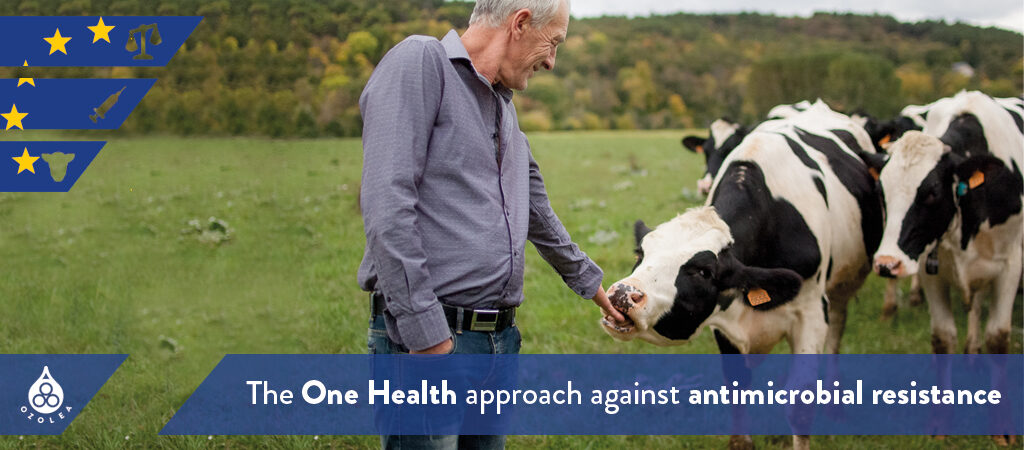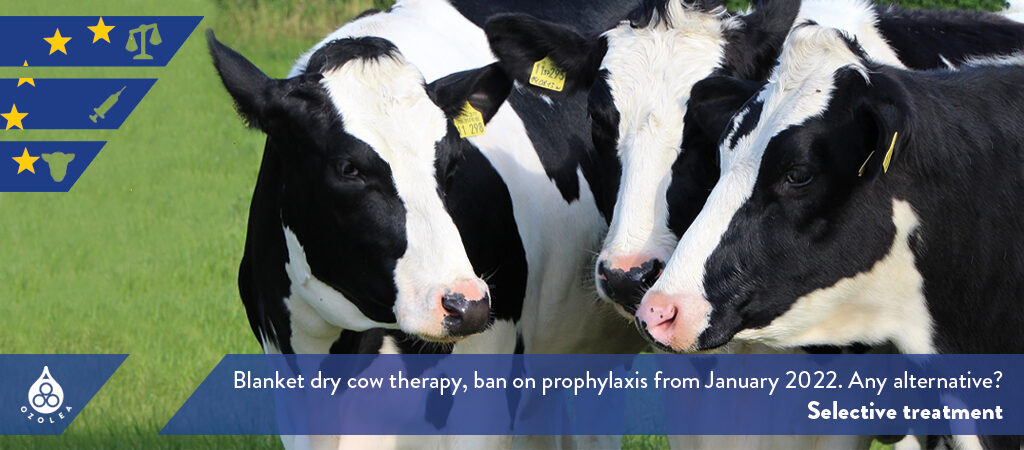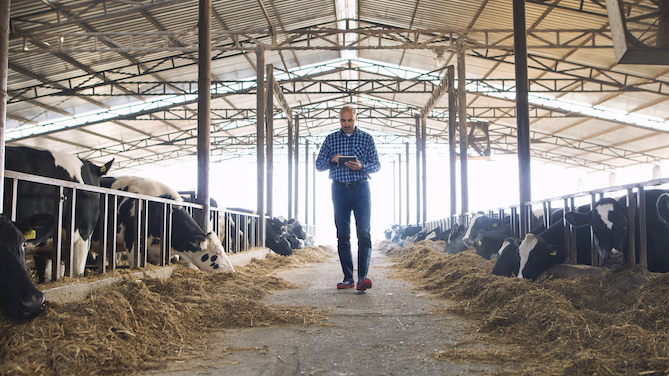The fight against antimicrobial resistance deserves an urgent and coordinated approach, and many are the reasons why.
Humans coexist with animals in the same environment. The relationship is complex and interdependent. We deal with animals for food production and when they are wild and companion animals. This means that human health and animal health are strictly interconnected.
The environment where they live in also has a role in their relationship. All these connections can be a source for diseases which would impact public health, society and the economy. These diseases, commonly referred as zoonoses are transmissible from animals to humans and vice-versa through direct contact or with food, water, and environment.
This process involves resistant bacteria as well.
The principle that recognizes these interconnections between human and animal health is globally known by the term One Health, and the EU embraced this principle as a tool against antimicrobial resistance.
In June 2017, the European Commission adopted the EU One Health Action Plan against AMR. The aim was to call for effective action against this threat, which must be tackled in human and animal health and the environment. The prudent use of antimicrobials is vital to limit its spread. The action plan is built on 3 main pillars, which address its key objectives:
- making the EU a best practice region;
- boosting research, development and innovation;
- shaping the global agenda.
From the implementation of this Action Plan forward, important updates aiming at strengthening EU’s response to AMR have been made. Among the key updates, it is worth citing the adoption of the Farm to Fork Strategy in May 2020, as we discussed previously (click here). This strategy is supported by the implementation of two new regulations [Reg. (EU) n. 2019/6 on Veterinary Medicinal Products (VMP Regulation) and Reg. (EU) n. 2019/4 on Medicated Feed (MF)], providing for a wide range of measures to tackle AMR and stimulate a more prudent use of antimicrobial products in animals.
At EU level, the AMR One-Health Network is chaired by the European Commission and involves government experts in human health and animal health, Commission experts, and the EU scientific agencies – namely ECDC, EMA, and EFSA. These agencies will provide scientific expertise on infection prevention, biosecurity measures and control practices in human healthcare and in animal husbandry for the reduction of infections and therefore the use of antimicrobials.
A One-Health approach is required to get better evidence, coordination, surveillance and control measures with a continuous and open dialogue between the European Commission, supported by all the experts above, and Member states.
The VMP Regulation is one of the tangible expressions of the efforts currently made by the EU against AMR. Its preamble n. 41 clearly defines the need of a One-Health approach to AMR: it is recognized as a complex issue, it has a cross-border dimension and implies a high economic burden for the society. Moreover, “its impact goes beyond its severe consequences for human and animal health and has become a global public health concern that affects the whole of society and requires urgent and coordinated intersectoral action in accordance with the ‘One Health’ approach.”
With the VMP Regulation, all the actors from the livestock sector are called to be part of this approach by proactively improving best practices throughout the production chain and building reciprocal and synchronized relationships. Let’s start getting ready for its application, there is lot of work to be done!



